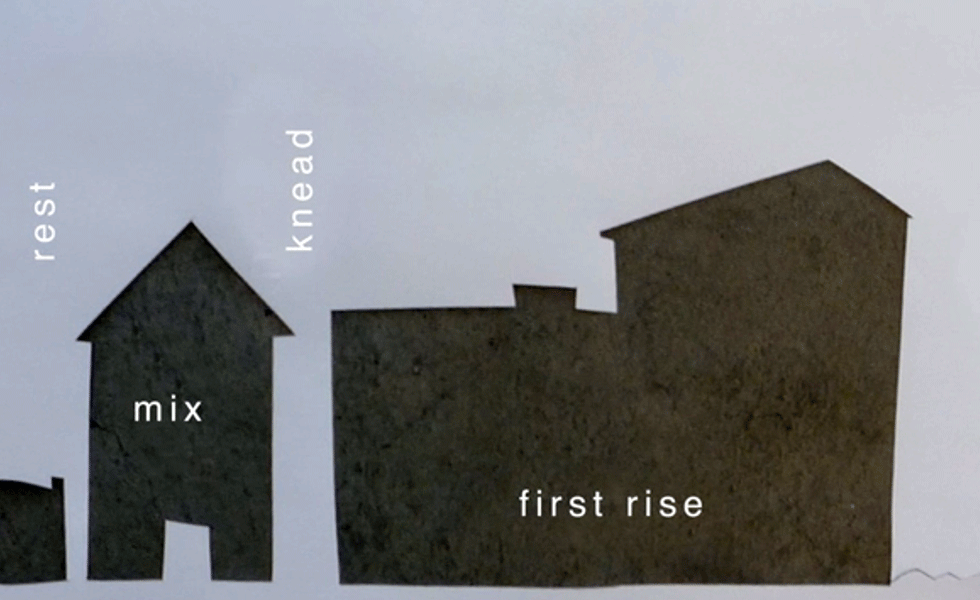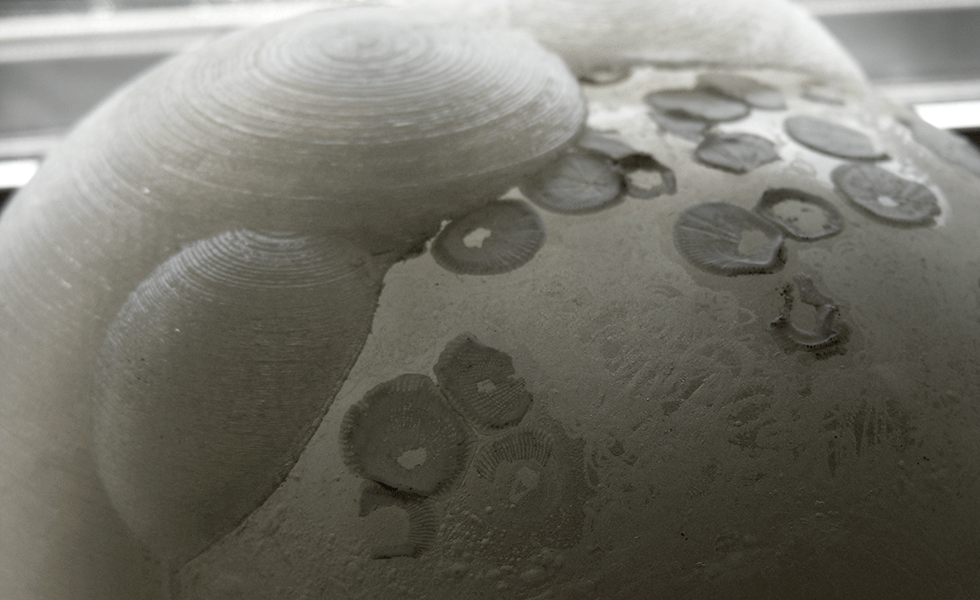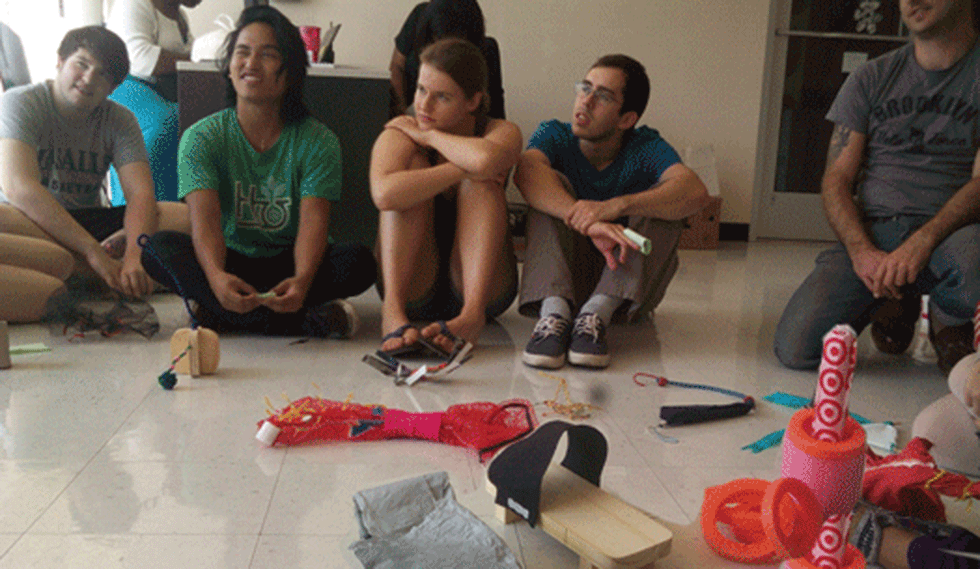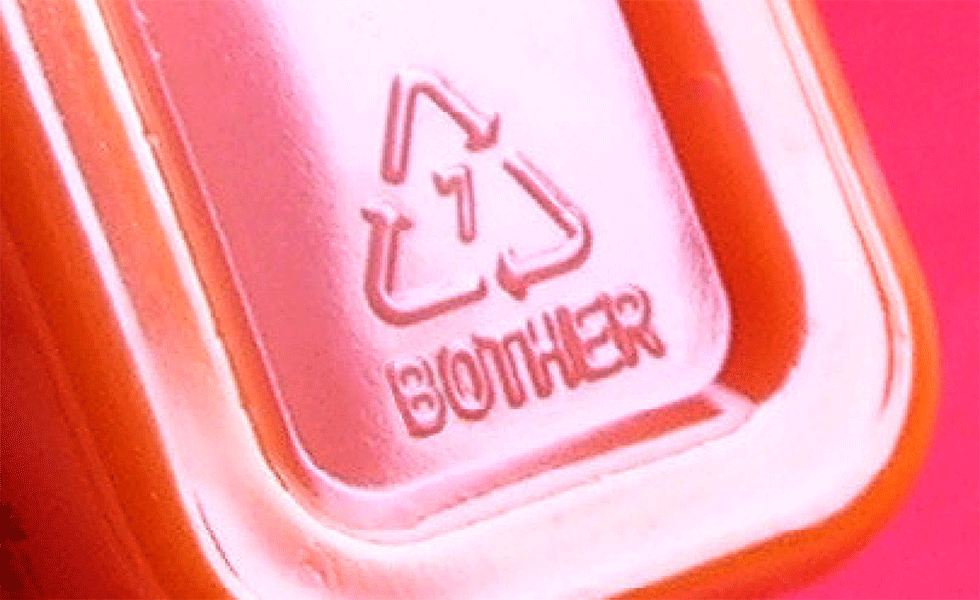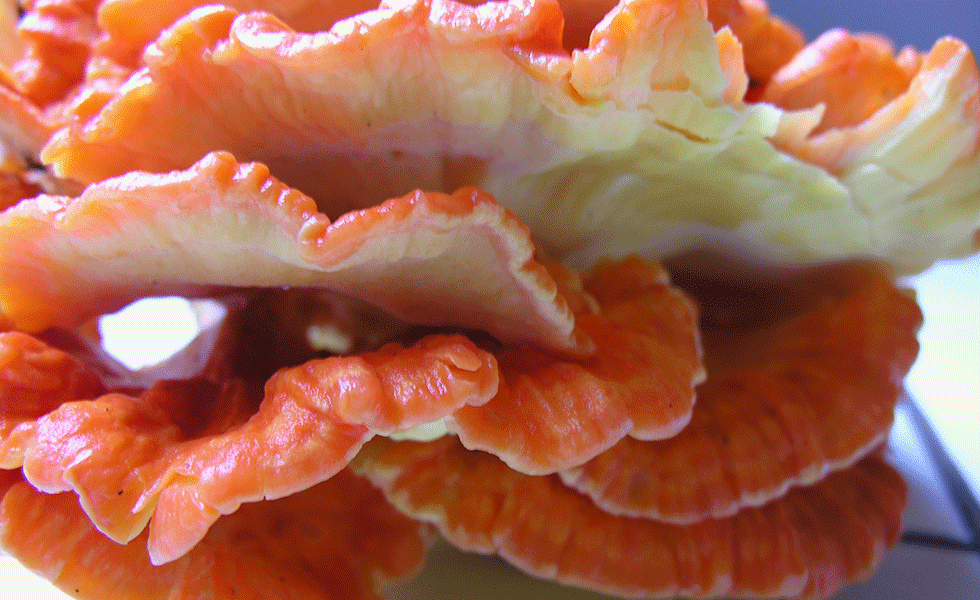Bamboo weaving in Taiwan and Baltimore
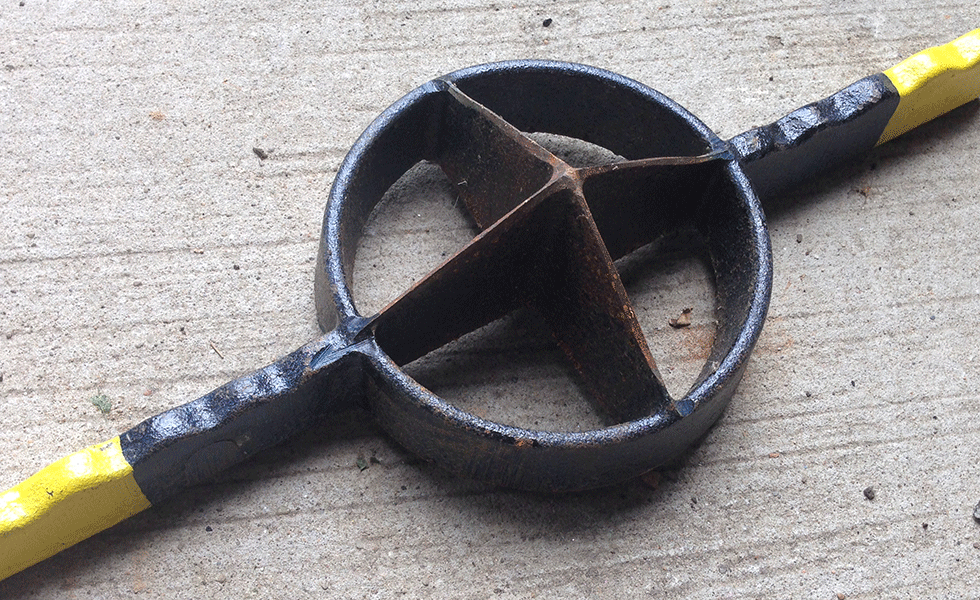
Bamboo is not native to US and when it was introduced as an ornamental plant became invasive and impossible to control. Every year with my students, we collect this material around Baltimore and experiment with it to learn as much as we can in order to find new uses for this ancient material. One thing we learn is an art of splitting bamboo with special tool, since traditional woodworking techniques are not feasible with this material. Green bamboo can be split at the the collection site and easily transported. While green, it can be used to make prototypes for full-size furniture objects that can be tested almost immediately. One of the projects is a small boat, that took only one couple of days to prototype from bamboo. After testing it, we scanned it with 3D scanning technology to capture geometry to continue working with it in digital space. Here are some examples of bamboo projects developed by my students at MICA Mier Luo and Nick Richardson
